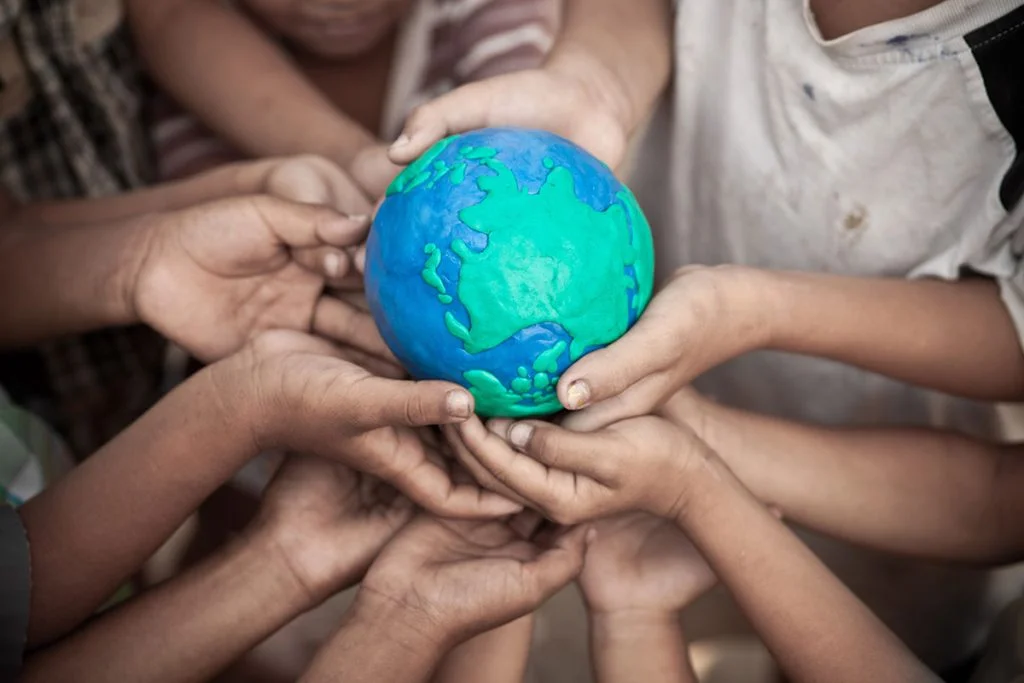It has been years since the COVID-19 pandemic brought the global economy to a standstill, yet its effects continue to ripple through international trade networks. While headlines suggest that supply chains are stabilizing, many industries still face lingering challenges. From shipping bottlenecks to workforce shortages, the question remains: are we truly past the disruptions that redefined how the world moves raw materials and delivers finished products?
The answer isn’t simple recovery has been uneven, and some sectors are far from returning to pre-pandemic efficiency.
The State of Global Supply Chains in 2025
In 2025, the global supply chain landscape looks more resilient than it did during the peak of the pandemic, but vulnerabilities remain. Shipping costs have normalized, and major ports are operating at near full capacity again. However, disruptions caused by geopolitical tensions, climate change, and labor strikes continue to challenge the flow of goods.
For manufacturers and retailers, one of the biggest obstacles is the ongoing imbalance between raw materials supply and the demand for finished products. This imbalance drives inflationary pressures and affects everything from automotive manufacturing to technology production.
The Struggle for Raw Materials
Even as logistics improve, sourcing raw materials remains a global headache. The pandemic exposed just how dependent industries are on a few key suppliers, especially for items like semiconductors, metals, and rare earth elements.
Countries are now racing to diversify supply sources and strengthen domestic production. However, limited mining capacity, trade restrictions, and environmental regulations have slowed progress. As a result, industries such as construction, energy, and electronics continue to face periodic shortages and price spikes.
The lesson is clear: a resilient supply chain starts at the source. Without secure and sustainable access to raw materials, even the most advanced logistics systems can falter.
Delays in Finished Products
While production capacity has improved, bottlenecks still occur when transporting finished products across borders. Logistics networks are under pressure due to fluctuating demand, limited warehouse space, and rising fuel costs.
Retailers, in particular, are struggling to maintain consistent inventory levels. Many have shifted to “nearshoring” moving production closer to home markets to avoid dependency on long-distance shipping. Yet, even with these efforts, delays remain common for consumer electronics, automobiles, and pharmaceuticals.
This uneven flow of finished products highlights a larger issue: efficiency gains at one end of the supply chain often expose weaknesses at another.
The Impact of Geopolitics and Climate on Supply Chains
Geopolitical tensions, especially between major economies like the U.S. and China, continue to reshape global trade routes. Sanctions, tariffs, and export controls have altered sourcing patterns for both raw materials and manufacturing inputs.
At the same time, climate change adds another layer of risk. Extreme weather events from droughts to hurricanes disrupt transportation infrastructure and production centers. For example, water shortages affect raw materials extraction and energy production, while floods delay shipping of finished products through major ports.
The combination of political and environmental factors means that supply chain stability can no longer be taken for granted.
Lessons Learned and the Future of Global Trade
Businesses and governments have learned critical lessons from the pandemic. Diversification, digital transformation, and sustainability are now top priorities. Companies are adopting AI-driven logistics systems to monitor inventory, optimize delivery routes, and predict disruptions before they happen.
Meanwhile, new trade partnerships are emerging to reduce dependency on any single region. Countries are investing in infrastructure and green technologies to make production and transportation more resilient.
Still, experts caution that the recovery process is ongoing — and true stability will depend on how well the world manages supply imbalances in raw materials and finished products over the next decade.
Conclusion
While the global supply chain has made remarkable strides since the pandemic, the journey toward full recovery is far from over. Persistent shortages of raw materials, delayed shipments of finished products, and growing geopolitical tensions continue to shape the future of international trade.
The key to lasting recovery lies in building smarter, more flexible supply chains that can adapt to both expected and unforeseen challenges. Only then can the world truly say it has moved beyond the pandemic’s disruptions and into a new era of global resilience.











